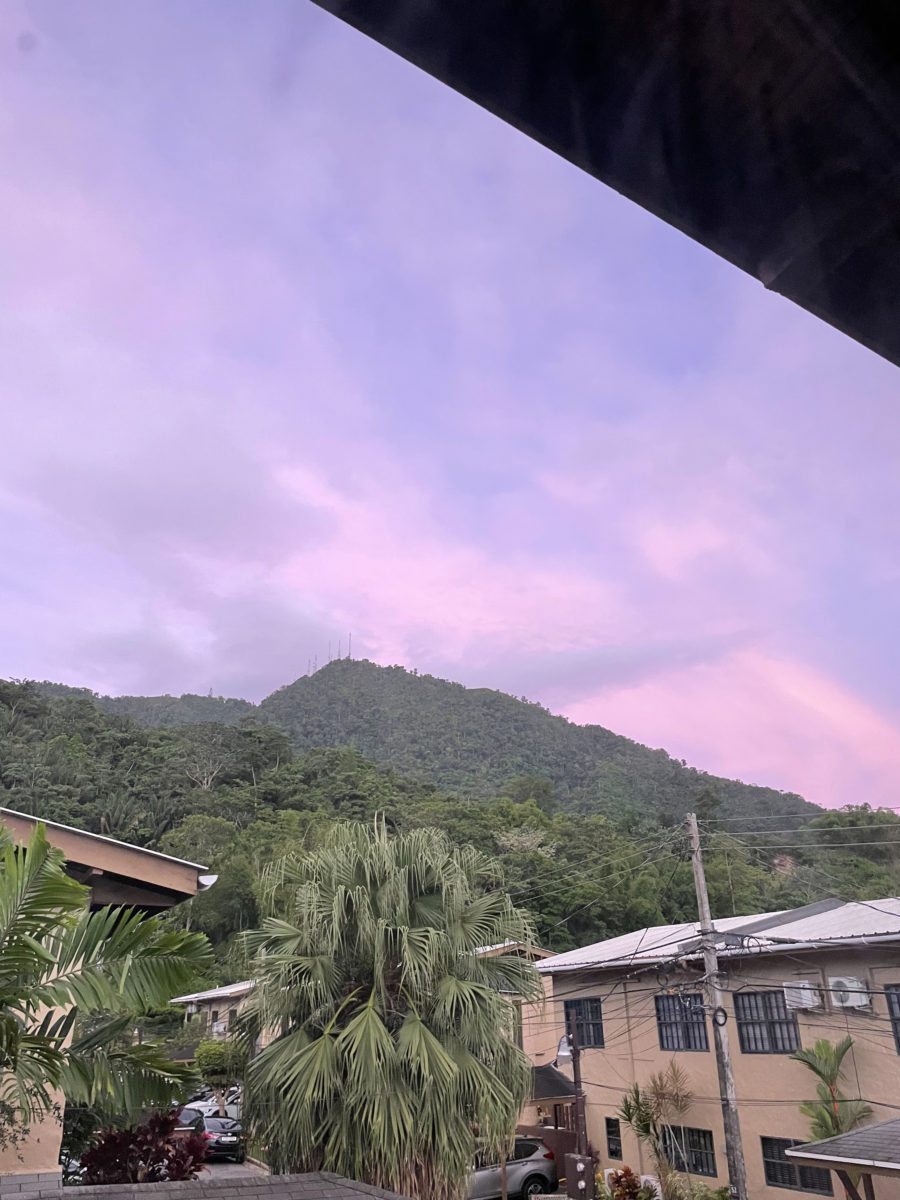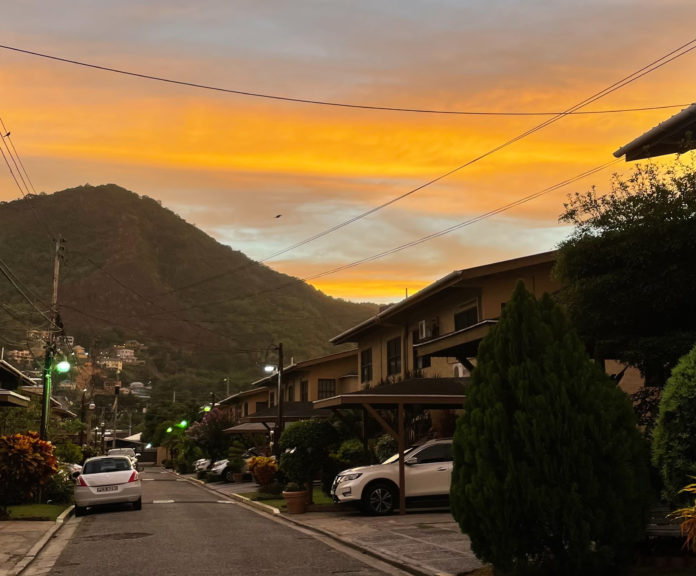Some of the Caribbean islands gurgled up from volcanic spit and into rocky chunks of land.
The islands are known for their beautiful beaches, but have you seen the mountains?
You can see the way Trinidad and Tobago’s mountain ranges reach for the Andes like a puzzle piece. But the islands, Trinidad and Tobago, became twins adopted together by colonialism and finally one independent republic.
“What is your hometown?”
I had no concept of town or city or village before Canada. Every area name flows into the other, like the river running parallel to the Diego Martin Highway, escaping into another by the second traffic intersection.
I learned in Canada to respond with Diego Martin, quickly followed by Trinidad and Tobago. If I was speaking at home, I would have to say Petit Valley, just to get that exact section of Diego Martin.
I’m sure the places are defined officially. They didn’t teach us this in geography; I just knew places by how the mountains looked — they were my compass.
You can walk from one mountain spur, across the four lanes of the highway, and arrive at a spur of another mountain. That’s how I know it is a valley. I know it’s Petit Valley because I can walk the distance in less than five minutes.
Everything in the world is small when I am home.
I wonder if my body stayed short to never outgrow it. The society is small; the cousin of another Trinbagonian student was my high school classmate. The shopping is small.
When I first arrived in Fredericton, I stood in a Walmart aisle for 10 minutes trying to figure out what shampoo to buy.
The mountains and music are exceptions to the rule that everything is small back home.
Calypso music, in its trending days, was performed in tents, spreading like mushrooms. There’s nothing small about songs lashing the most powerful forces in the country with all their shame and shortcomings.
Soca music outdid its predecessor, going mobile in 10-wheel trucks whose only task is to carry the speakers that turn the roads into a dance floor on Carnival Monday and Tuesday.
The season of Trinidadian Carnival is extended by grandiose competition. The winning King and Queen of Carnival costumes tower over the stadium-style stands, while they tell a story in their designs. Trinidadian Mas Man Peter Minshal brought Carnival to an Olympics opening ceremony three times.
It’s a shame that the Steel Pan everyone knows, usually a Tenor Pan and usually called a “Steel Drum,” is just the beginning of the musical depth discovered all those decades ago in Trinidad and Tobago.
This symphony rattles the parrots, the macaws, the kiskadees, the corbeaux and company to leap from their nests. This feathered parade is a year-round Carnival in the season-less tropics.
My 5 p.m. pastime: sitting on the porch, looking at the way the forest’s green gets darker and more blue-tinged, as the mountain ascends outward spur away from the roadside and the western setting sun.

I miss the people like I miss the place of home.
The people form the place as much with their camaraderie as with their infrastructure. But it needs to be understood the importance of calling the location of Trinidad and Tobago home when a considerable portion of the population continues to emigrate in the face of our developing country’s challenges.
If I just called the culture my home, then I could settle in part of Toronto. But Toronto isn’t made of mountains.

